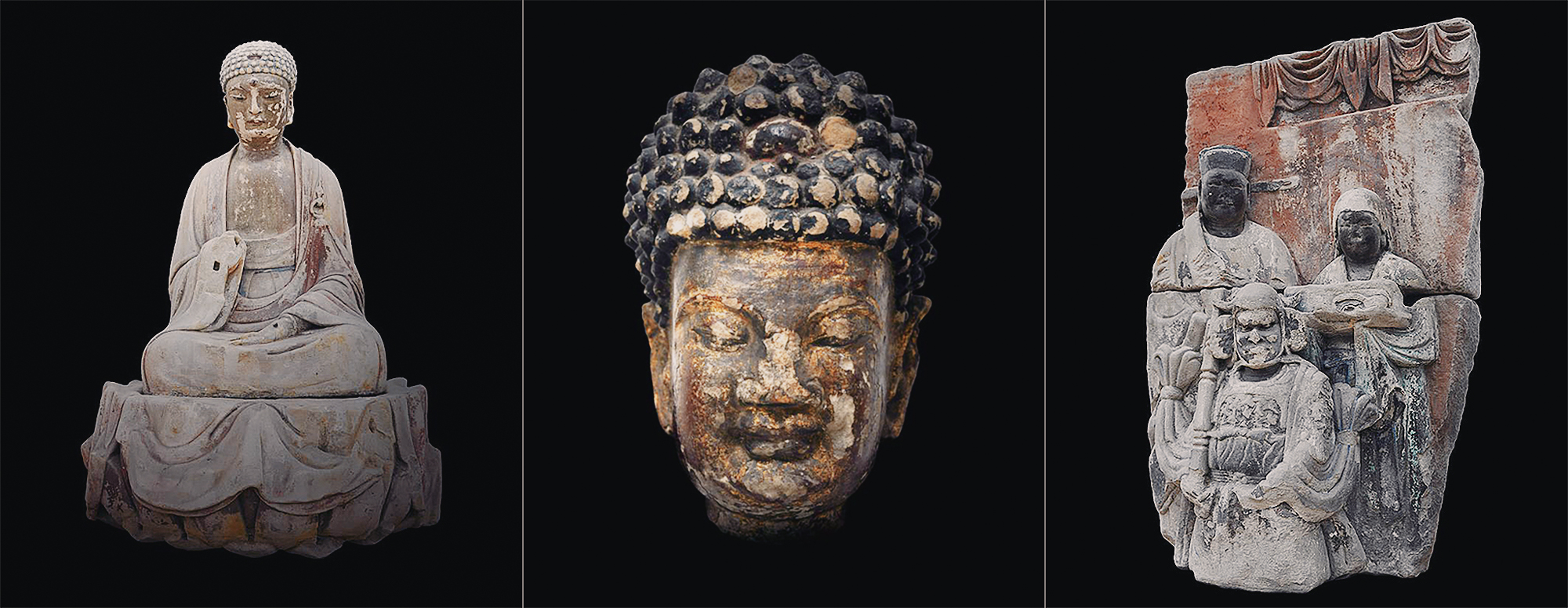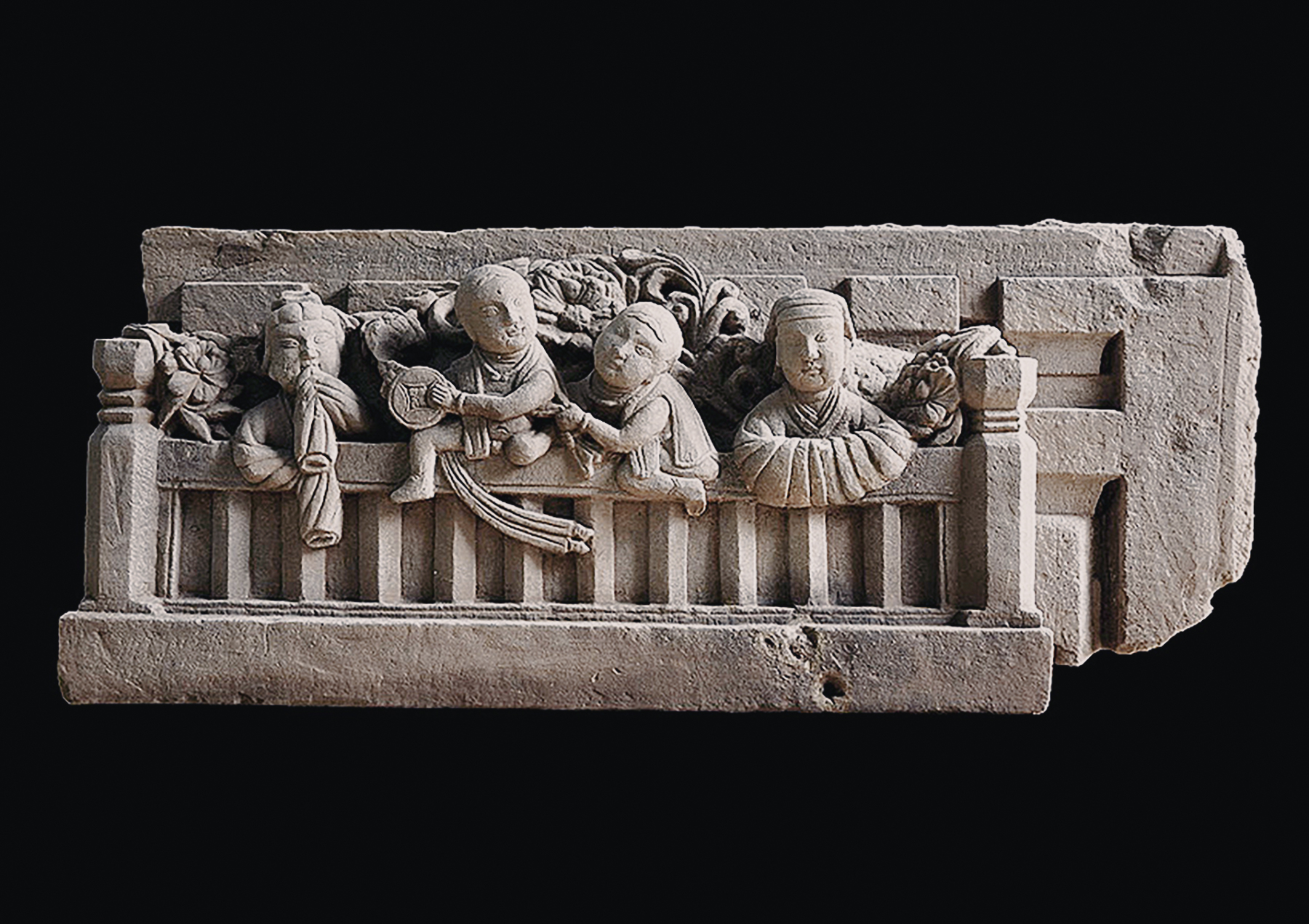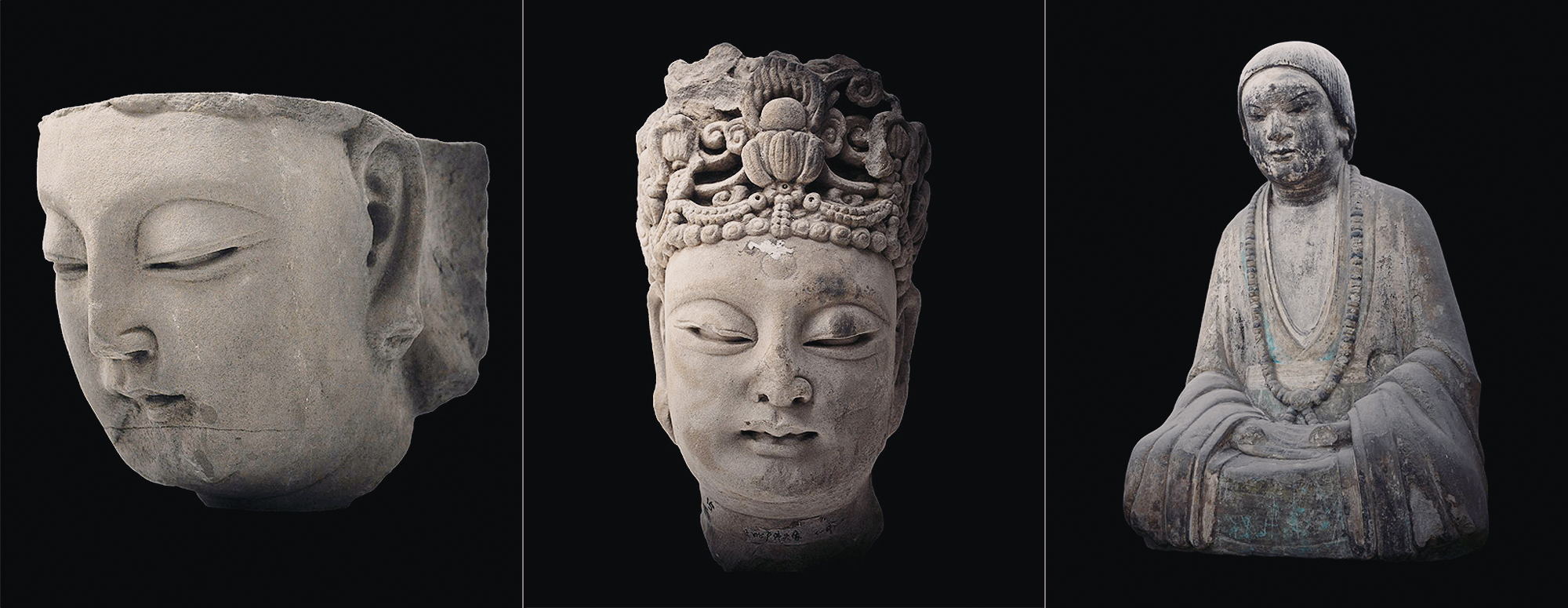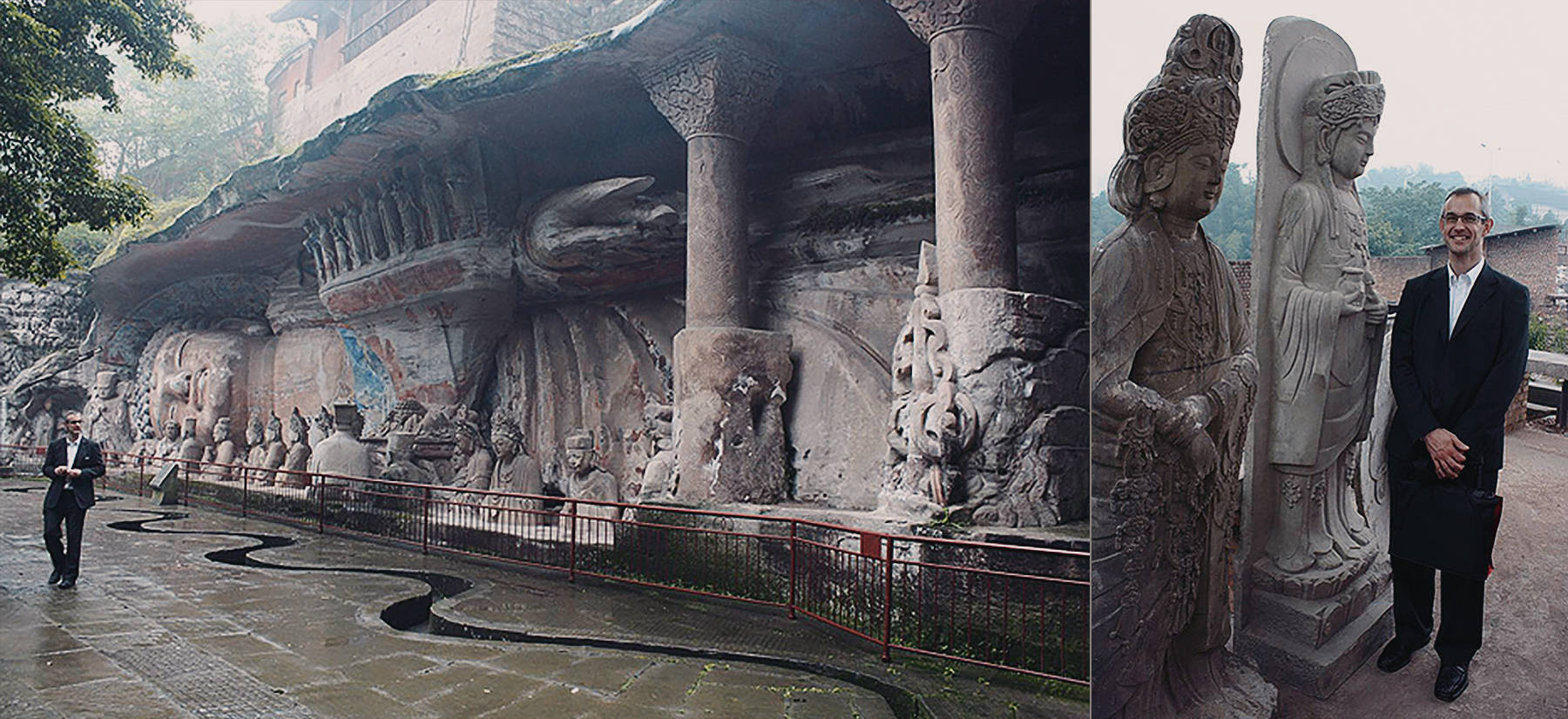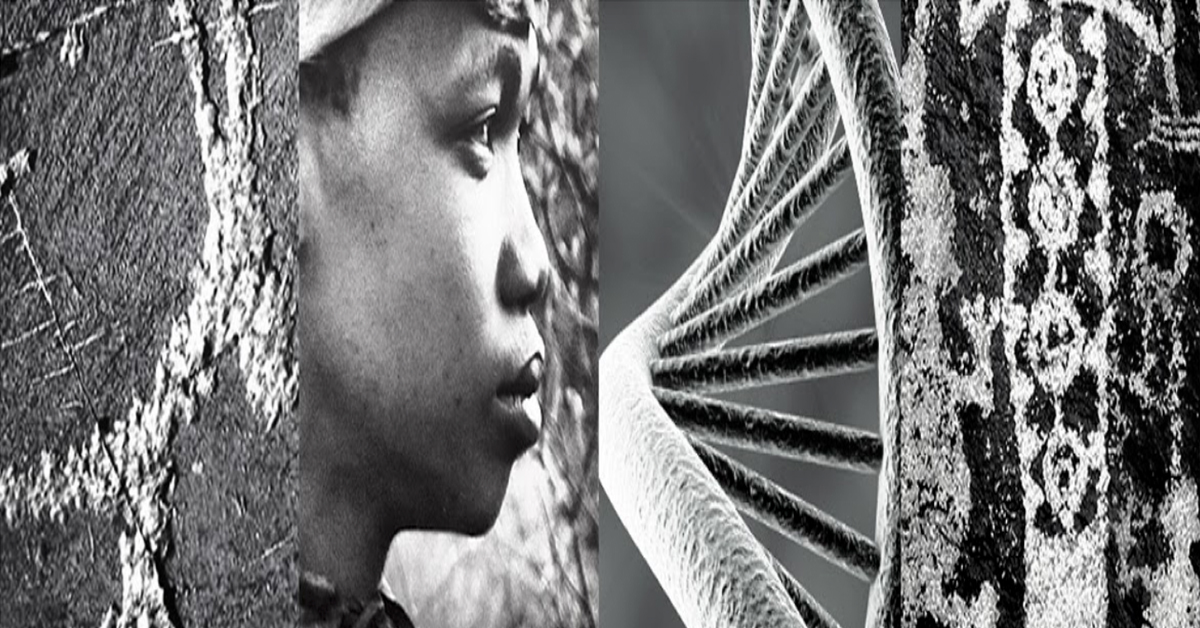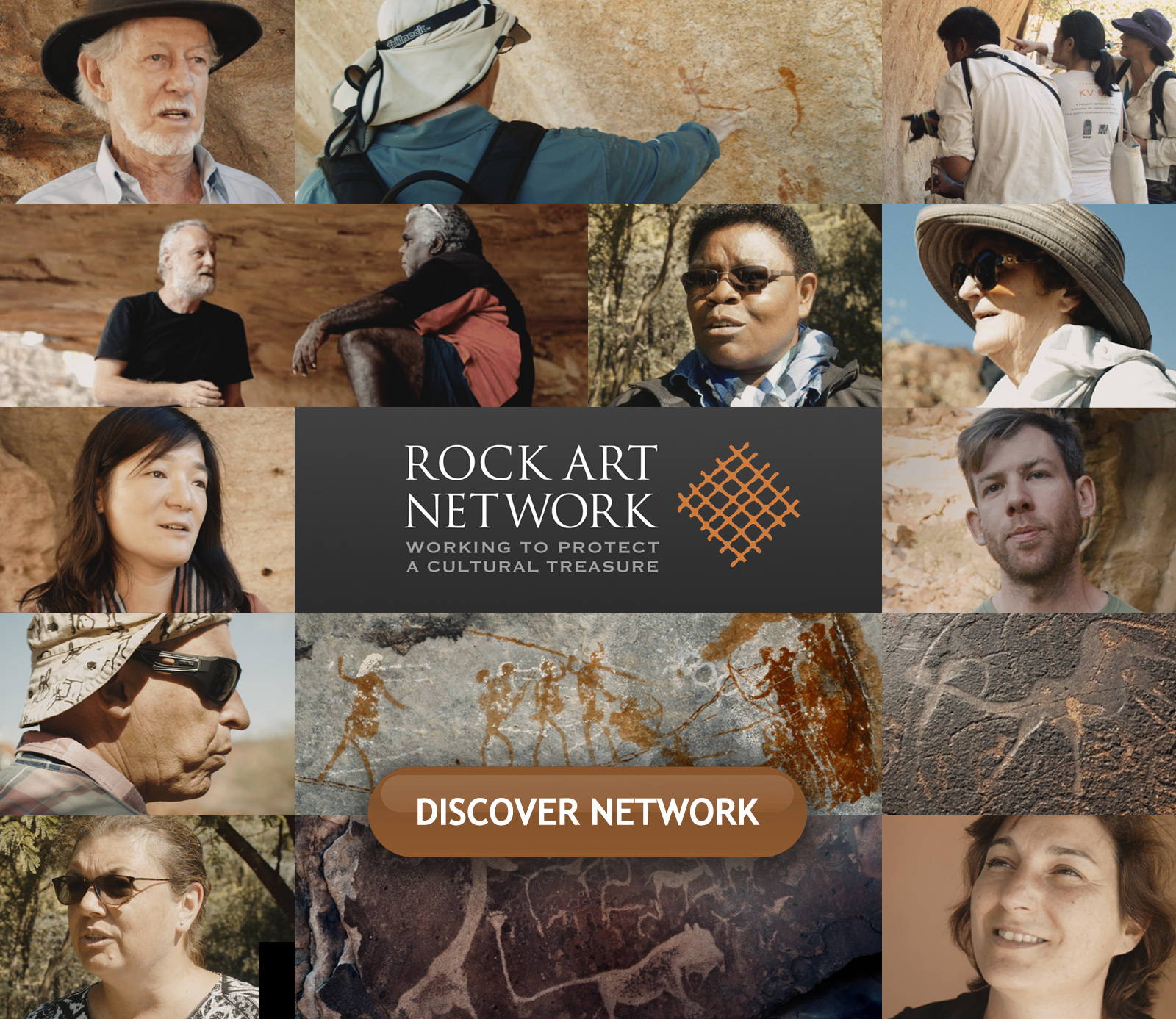
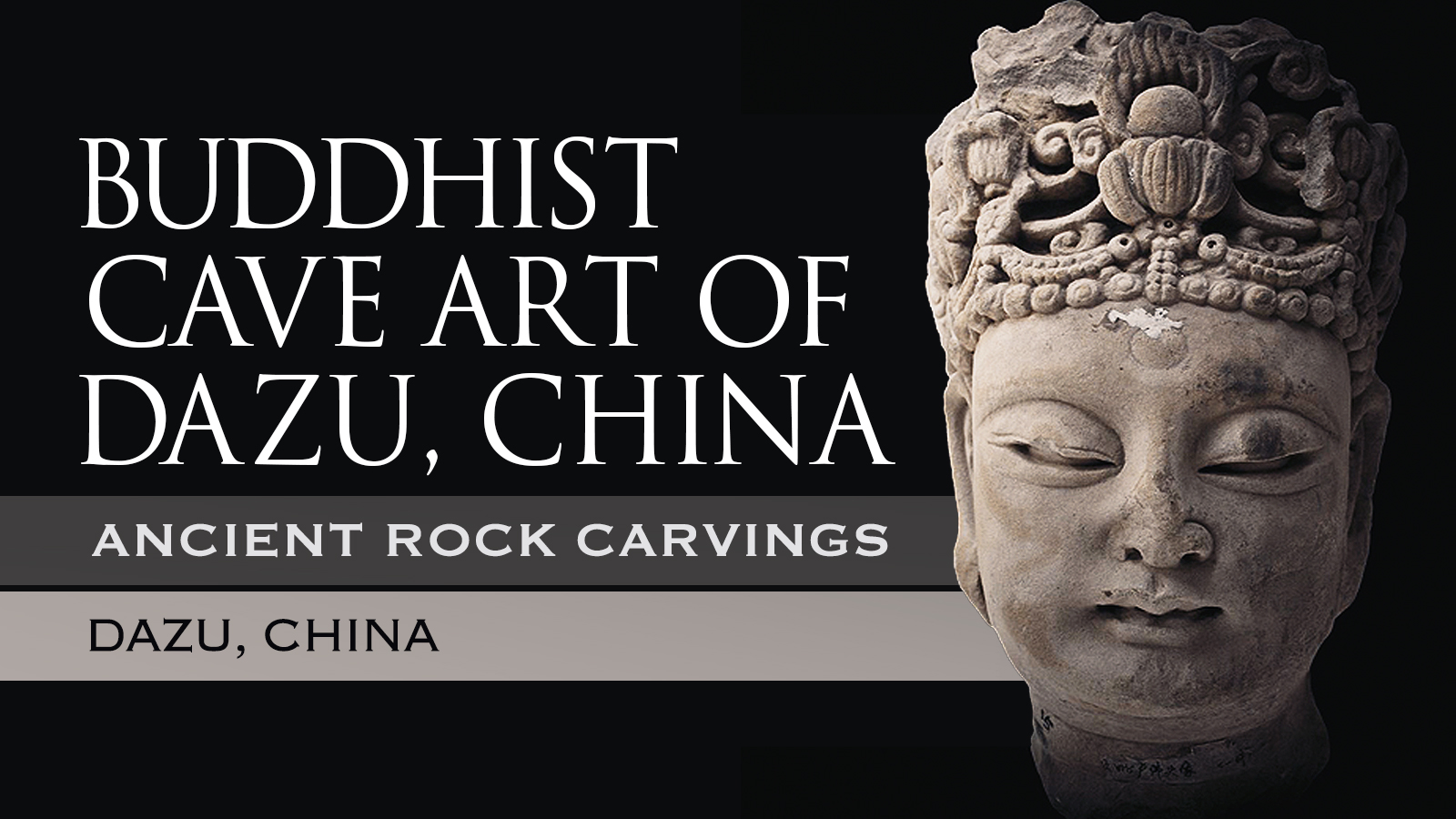
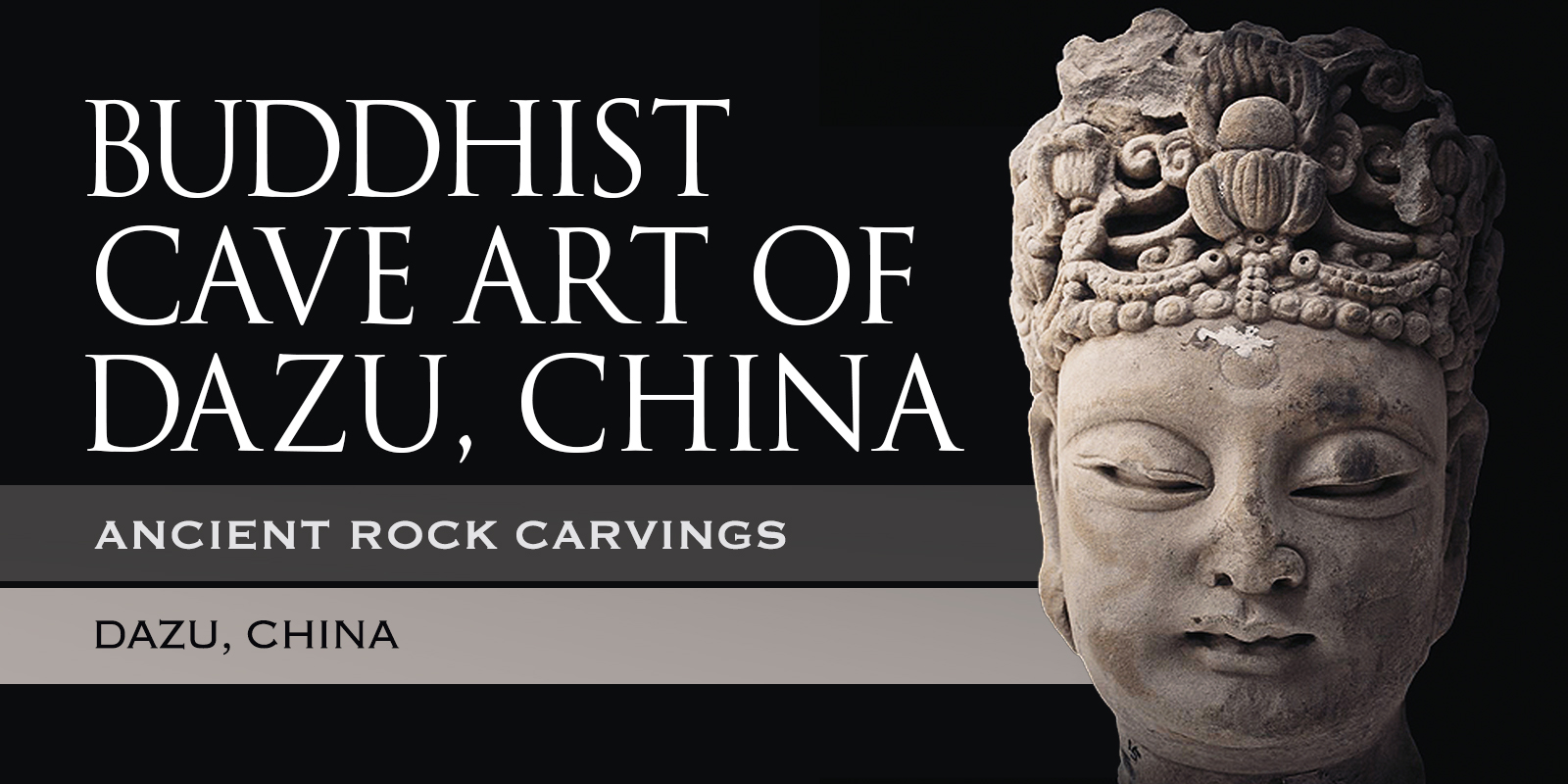
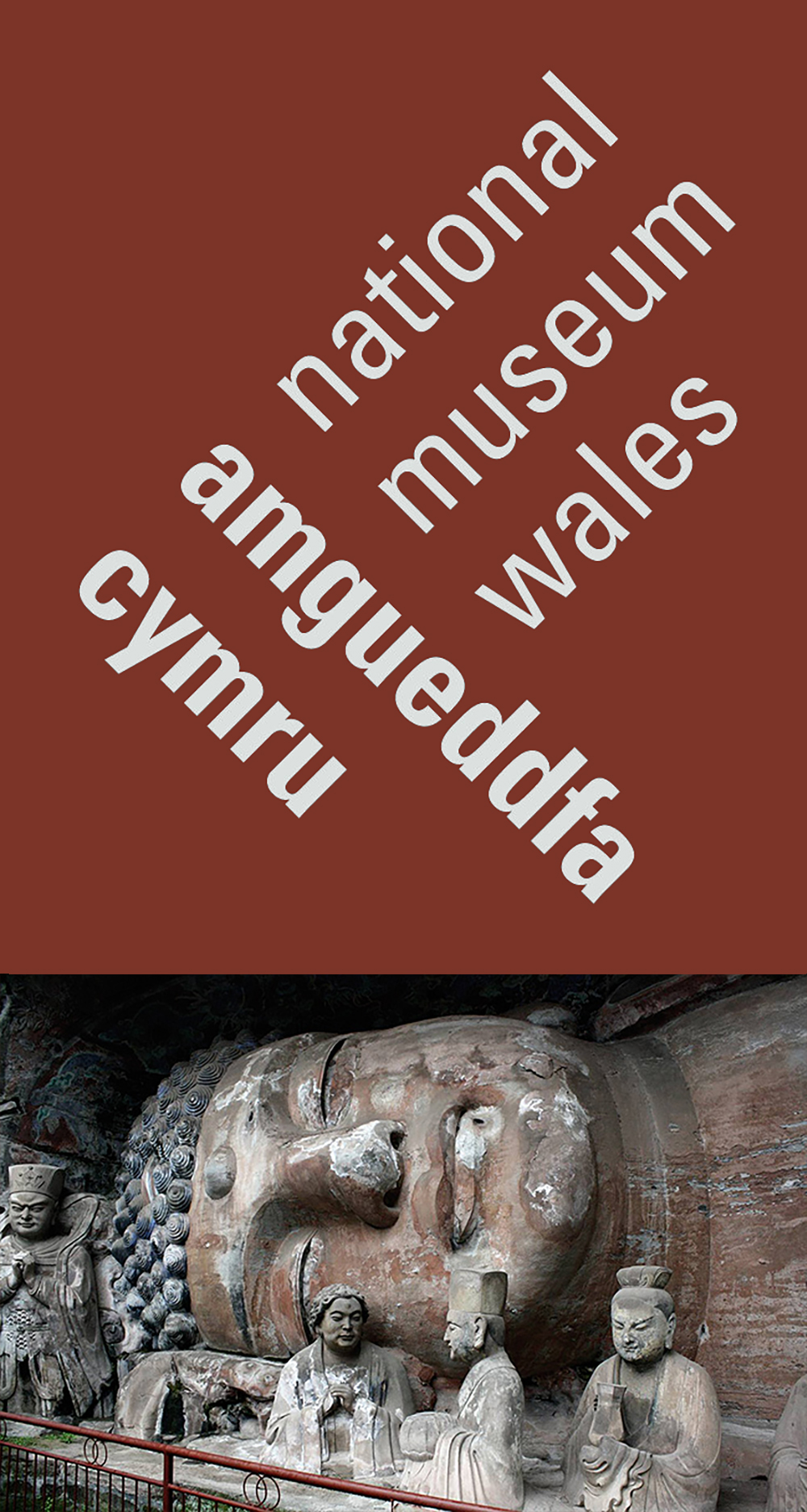
Comprising more than fifty thousand statues hewn from sandstone outcrops at seventy-five different sites, the Dazu carvings constitute a high point in the history of cave temple art in China. They build on the early cave temple tradition but develop it in new directions, integrating the ideologies of Buddhism, Daoism and Confucianism to produce sculpted devotional complexes which are uniquely and wholly Chinese in character. Dazu stands apart from other cave temple sites both artistically and in terms of subject matter, much of which is secular in nature. At Baodingshan in particular, there are many charming - as well as sobering - representations of Chinese family and daily life.
The earliest cave temple site in Dazu is Beishan, initiated in 892 by the military commander Wei Junjing and expanded along the rock face for five hundred metres until 1162. In 892 Dazu had been made the administrative seat for a large region in modern central Sichuan and Wei Junjing had been put in charge as Commanding General. The new class of military-civilian administrators was strongly supported by the landowners, and together they became generous and powerful patrons of the religious art that flourished in the Dazu area well into the Song dynasty (960-1279).
Particular prominence was given to an indigenous tradition of Esoteric Buddhism based on the teachings of the Tang-dynasty Buddhist layman Liu Benzun (855-907). Liu had led a Buddhist movement that emphasised a harshly austere lifestyle, incantations and miracles, secretive rituals, and humanitarian deeds of the sort richly illustrated in the Baodingshan carvings. At a time of crisis and turmoil for the Tang dynasty, Liuís teachings had been very popular among the lower classes and to some extent the elite of Sichuan, and it may be that Baodingshan was an attempt by Zhao, who considered himself to be Liuís spiritual heir, to bring them to wider attention.
The result is a real treasure house of Chinese art history, an important synthesis of the ideas of Buddhism, Daoism and Confucianism as well as a fascinating insight into Chinese popular culture. The sequence of carved reliefs is not only impressive in its scale but also extremely rich in content and highly innovative in style. Breaking from the tradition of static, repetitive groupings of three, five or even nine figures that are found in earlier Buddhist cave complexes such as Longmen, they incorporate densely populated scenes that balance sacred subject matter with depictions of everyday life. This unique insight into Song-dynasty society is one of the siteís most distinctive characteristics.
The exhibition at the National Museum in Cardiff is a unique opportunity to see a body of art that has never been shown outside China before. Embracing full-scale Buddhas and exquisitely carved Bodhisattvas, monks and lay figures, Daoist deities and vignettes of ordinary life, the selection of nearly fifty rock carvings provides a magnificent introduction to the riches of Dazu World Heritage Site. The original sculptures are complemented by a number of accurate replicas of some of the most important carvings still in situ as well as dramatic large-scale images that bring to life the experience of visiting these spectacular places.
The steep hillsides of the Dazu World Heritage site near Chongqing contain an exceptional series of rock carvings dating from the middle of the 7th century and developed between the 9th and the 13th centuries. The carvings comprise some 50,000 figures in total, and are remarkable for their aesthetic quality, their rich diversity of subject matter, both secular and religious, and the light that they shed on everyday life in China during this period.
This free exhibition - From Steep Hillsides: Ancient Rock Carvings from Dazu, China - and celebrations and events surrounding it, have been made possible through the support of several organisations including the Welsh Assembly Government, Chongqing Municipal Culture, Radio Broadcasting, and Television Administration, British Council, Cardiff University Confucius Institute, Cardiff Council and Cardiff & Co.
It contains superb examples that have become detached from their original setting, along with accurate replicas of some of the most important sculptures still in situ and dramatic large-scale images, to give some idea of what it is like to visit these spectacular places.
Dazu is a real treasure house of Chinese art history and an important expression of Buddhism, Daoism and Confucianism, as well as a fascinating insight into Chinese daily life.
"Dazu rock carvings are some of China's greatest cultural treasures from a golden period of Chinese art. I have visited Chongqing myself and have seen these carvings in situ - an unique experience in itself," said David Anderson, Amgueddfa Cymru - National Museum Wales's Director General.
"Hosting their first appearance outside of China is a privilege not just for the Museum but for Wales. I am confident this will be a popular exhibition and hope this is the beginning of a successful relationship between us and the Chongqing Culture Bureau."
The free exhibition is a cultural exchange between Amgueddfa Cymru - National Museum Wales and the Chongqing Culture Bureau which is part of the burgeoning relationship between Wales and the Chinese municipality of Chongqing. With help from the British Council's Connections Through Culture China-UK programme, a scheme supported by the Welsh Assembly Government, the two organisations were able to build a relationship and develop this exciting cultural collaboration.
The growing relationship stems from the 2006 signing of a Memorandum of Understanding between Wales and Chongqing which identified 6 areas of cooperation: economic and trade development; education and training; environment; culture; governance and agriculture.
Carwyn Jones, First Minister of Wales, will officially welcome guests from China at the launch of the exhibition held at National Museum Cardiff. He said:
"I'm pleased that these sacred rock carvings are coming to Wales and that National Museum Cardiff is the only secured venue for this important exhibition before it returns to Dazu. This exhibition further strengthens our cultural relationship with the Chongqing municipality in China. We have much to offer each other and this will be a fantastic start to the year for Amgueddfa Cymru."
"Wales is such a place that is steeped in history and cultures, and the rich historical and cultural deposits embedded with her are exactly why we choose National Museum Wales, Cardiff to host the first appearance of Dazu Rock Carvings Art outside of China," said Li Fangyin, curator of Art Museum of Dazu Rock Carvings, Chongqing,
"As a world cultural heritage, Dazu Rock Carvings should not only be taken as a treasure for local people of Dazu, but should also be recognized as a cultural property of the whole world, and both the artistic and historical value should be shared and appreciated by world people. I firmly believed that visitors will like this exhibition, and it will be successful and memorable, because it is organized by such an excellent museum in such an amazing city. Meanwhile, I appreciate the widespread concerns for this exhibition from all circles of Wales society. And I, on behalf of Art Museum of Dazu Rock Carvings, Chongqing, am particularly grateful to the support from the Welsh Assembly Government, British Council, Cardiff University Confucius Institute, Cardiff Council and Cardiff & Co."
Amgueddfa Cymru - National Museum Wales administers seven national museums across Wales. They are National Museum Cardiff; St Fagans: National History Museum; National Roman Legion Museum, Caerleon; Big Pit: National Coal Museum, Blaenafon; National Wool Museum, Dre-fach Felindre; National Slate Museum, Llanberis and the National Waterfront Museum, Swansea.
Entry to this exhibition and each Museum is free, thanks to the support of the Welsh Assembly Government.
→ Subscribe free to the Bradshaw Foundation YouTube Channel
→ China Rock Art Archive
→ The Rock Art of Huashan, China - UNESCO World Heritage Site
→ Rock Art of China's Helan Mountains
→ Yinchuan World Rock Art Museum
→ Itinerant Creeds
→ Rock Art of Inner Mongolia & Ningxia
→ The Tiger in Chinese Rock Art
→ Life in Rock Art by Chen Zhao Fu
→ In Search of a Vanishing Civilization
→ The Rock Art of Wushan
→ Ancient Rock Carvings from Dazu
→ Bradshaw Foundation
→ Rock Art Network
